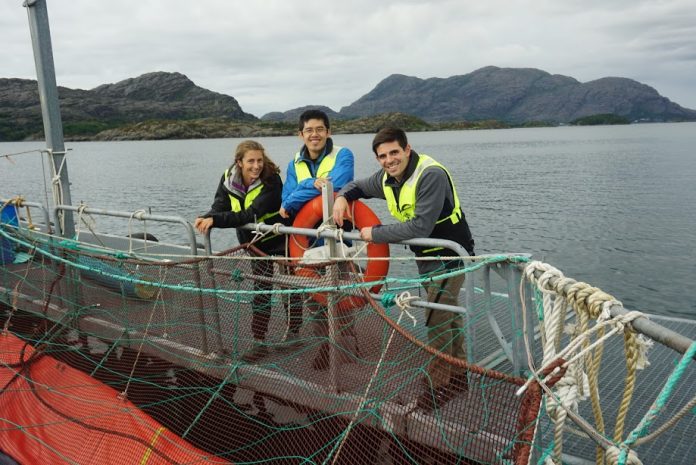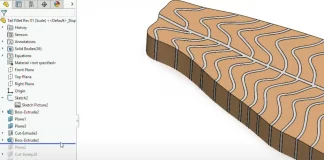Several production areas are showing a drastic decline in Norway.
The lumpfish market is saturating. With 21 active facilities for lumpfish production, negative pressure has been established on prices. Lumpfish have long been a popular and often preferred alternative to sustainable lice treatment.
Manolin defines itself as a “tech company” and is based in Bergen, Norway. The startup company provides data analysis for salmon farmers across the country, helping them improve lice management strategies and health forecasts. With the reports of saturation in the market for lumpfish and falling prices, Manolin took a look at how salmon farmers are currently using the cleaner fish in the fight against lice. The source of data for the analysis is Barentswatch.

In a a summary of the results and trends, they found:
• Usage overall of lumpfish is decreasing for the first time
• The forecast for the rest of year does not suggest we will meet previous amounts
• PO3 and PO6 have showcased drastic decreases in lumpfish deployments
Total
Usage hit a peak in 2018 and has significantly dropped in 2019. Around 10 million lumpfish would need to be deployed in the next 10 weeks to meet the 2018 usage.

Top last year
The number of sites using lumpfish has been similar for previous years, with 317 sites deploying lumpfish so far in 2019. 2019 saw more lumpfish used at the beginning of the year compared to 2018. However, since week 20 2019 usage has been lower, with double the number of lumpfish used this time last year.


Clear trends
By dividing some of these statistics, there are clear trends that show which production zones use roe crackers the most. Production zones three and six had the largest reduction in use – with 50 per cent less use so far in 2019.
As can be seen, right now, only one production area (PO2) has released more lumpfish in 2019 than 2018.

Lose pressure
So what will the future lumpfish market look like in salmon farming?
“Our view is that there are many unpredictable causes for these trends to occur, including lice pressure, environmental factors and the number of active sites,” Manolin co-founder Tony Chen told SalmonBusiness.
“However, from our look, the trends suggest that companies are becoming more strategic in their lice strategy. While sites are using less total lumpfish throughout a production cycle, the amount they deploy at once and the effectiveness of their usage are both on the rise,” he pointed out.
“The market may not see the same growth as previous years, and it will be interesting to see what happens in the next 10 weeks. There may not be the same growth as previous years, but the need for them remains as farms continue to fine-tune their choices to find the best solution for them,’ Chen said.












